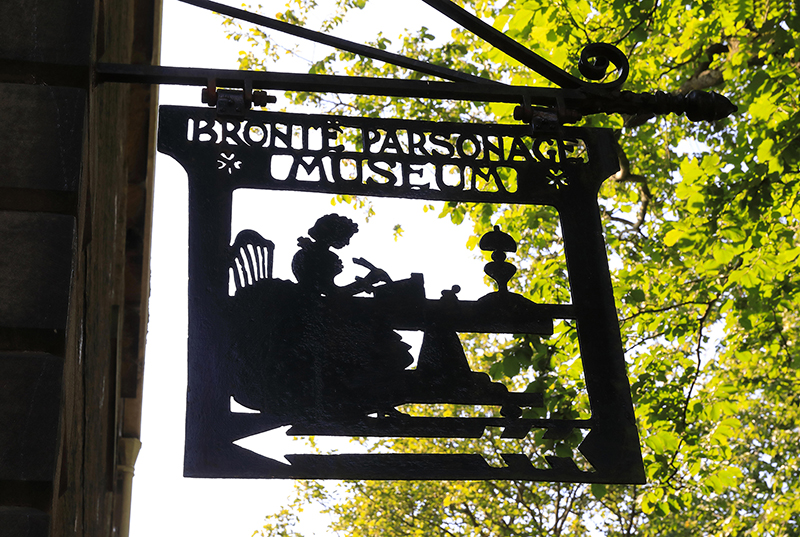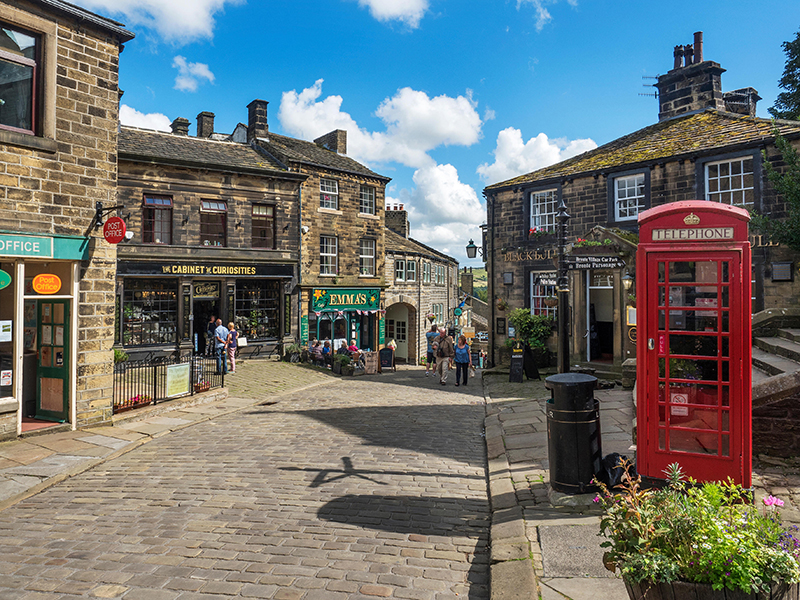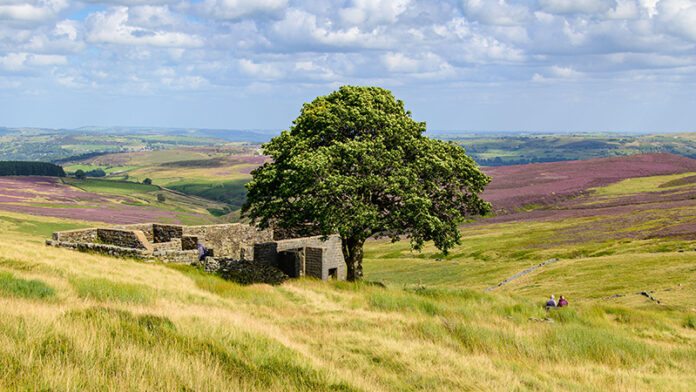From wild moorland to quaint Pennine villages and vales, the scenic county of West Yorkshire teems with literary connections
Words: Catherine Jones
Britain’s breathtaking scenery has inspired generations of artists, musicians and writers, from Wordsworth’s Lake District to Elgar’s beloved Malvern Hills. And it’s the wild, rugged beauty of West Yorkshire’s Pennine moorlands which is embedded in the compelling worlds created by the Brontë sisters – Charlotte, Emily and Anne.
When Cathy Earnshaw, the heroine of Wuthering Heights, says: “my love for Heathcliff resembles the eternal rocks beneath: a source of little visible delight, but necessary”, you can hear Emily Brontë’s own passion for the landscape which moved her.

The young Brontë siblings moved to Haworth in 1820 when their father Patrick was offered the living of the church of St Michael and All Angels’. The parsonage, perched on the edge of the village with the moors beyond, was a far cry from their birthplace in Thornton, on the outskirts of Bradford, where the house now boasts a blue plaque.
The wide skies and expanse of heath and heather punctuated by stone walls and gnarled, wind-blown trees made a deep impression on the sisters, though along with capturing this visceral natural world in names like Moor House and Wildfell Hall their writing would embrace other, more homely, influences too.
Charlotte visited Oakwell Hall at Birstall, near Batley, in the 1830s and later used it as a model for Fieldhead in her second novel Shirley. Today the Elizabethan manor house, surrounded by beautiful period gardens, is open to the public too.

In the years following Charlotte’s death Haworth Parsonage itself became a place of pilgrimage, and in 1893 the Brontë Society was founded. The building opened as a museum in 1928 after it was bought by local industrialist Sir James Roberts and donated to the society. Today’s parsonage is furnished with genuine Brontë artefacts, and its library contains the world’s most extensive collection of their letters, manuscripts and early editions.
If Haworth remains the most famous, there are also a host of other picturesque Pennine villages and small market towns whose stone-built houses nestle invitingly among West Yorkshire’s folding hills and deep valleys.
This is an extract of an article printed in the March/April 2022 issue of BRITAIN.
To read the full feature, you can buy the issue here, or subscribe online to have every issue delivered right to your door.
Read more:






 © 2024
© 2024